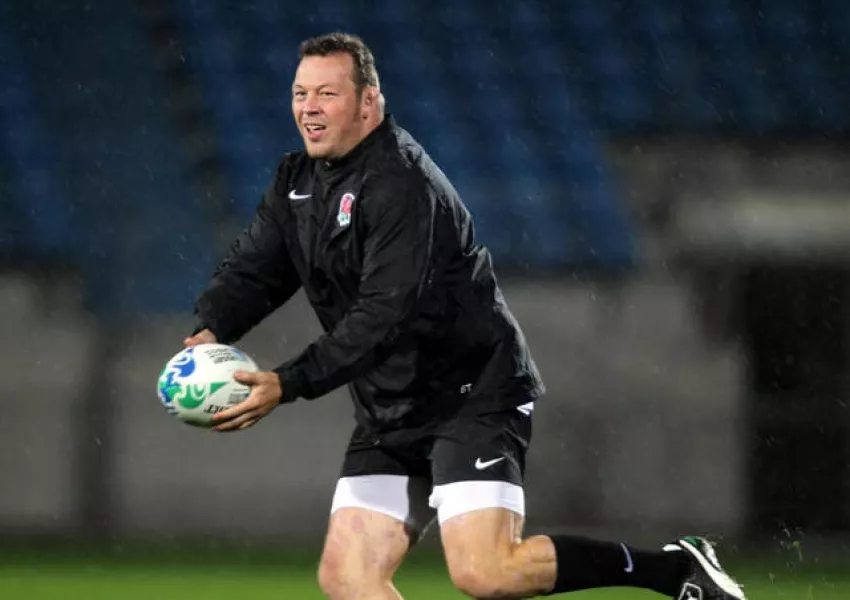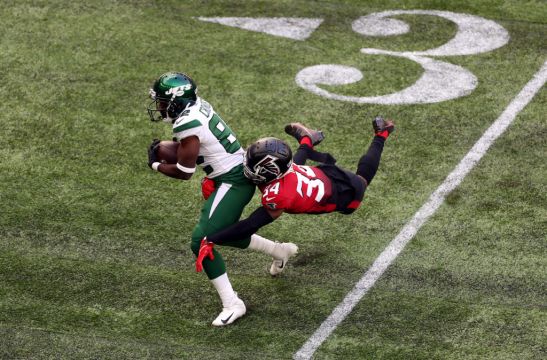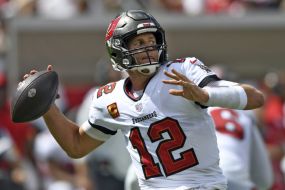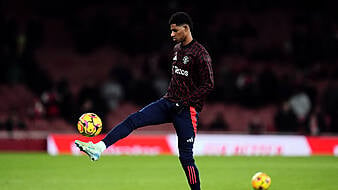The NFL can still do more to prevent concussion without taking away what makes the sport exciting, according to its chief medical officer.
Representatives from the league met with counterparts from English football’s Premier League on Wednesday to share ideas on concussion and other areas of player health.
The NFL’s protocols are often held up as being among the most stringent in the world, and since 2002 it has made over 50 rule changes designed to eliminate potentially dangerous tactics and reduce the risk of injuries.
The @NFL and @premierleague held a medical conference today in London to discuss player health and safety. Joint statement: https://t.co/Ip9rAHN6Cp
— NFL345 (@NFL345) October 13, 2021
Advertisement
However, its medical chief Dr Allen Sills says more can be done without changing the sport beyond recognition.
“There’s always more work to be done,” he told the PA news agency.
“One thing our commissioner (Roger Goodell) is fond of saying is that the game can be made safer and more exciting. I believe that as well.
“I don’t think our work is done on concussion, or any of these health and safety areas. We can continue to improve safety while preserving the exciting elements of the game.
“That will involve ongoing changes in equipment, in surface, how we teach, coach and officiate the game and I believe that’s what makes this an exciting era in sports medicine, to see how we’re using all of that data and making data-driven medical decisions for how the game is played and taught.”
Here’s the helmet to helmet that likely knocked Daniel Jones out of this game @FOX4 pic.twitter.com/1IOVvuT9Oq
— Jeff Kolb (@JeffKolbFOX4) October 10, 2021
Dr Sills highlighted the 2018 change to penalise teams if a player lowers his head to initiate and make contact with his helmet against an opponent.
“That rule change came directly out of a lot of the work that we have done on concussion prevention and looking at how concussions were occurring,” he said.
“As we did that work, we didn’t do it just as a medical staff, we did it also in conjunction with a number of representatives from our coaches and our players’ association, so I think it’s a collaborative effort.”
Dr Sills is in London at the moment, with the NFL making its now regular October visit to London. On Sunday, the Jacksonville Jaguars take on the Miami Dolphins at the Tottenham Hotspur Stadium, following on from last weekend’s game between the Atlanta Falcons and the New York Jets.
The link between head trauma in sport and long-term brain injury has been in the spotlight in the UK in recent years, with Rugby World Cup winner Steve Thompson part of a group suing the union authorities after his diagnosis with early-onset dementia.

The 2019 FIELD study found professional footballers were three and a half times more likely to die of neurodegenerative disease than age-matched members of the general population.
In 2013 the NFL reached a settlement with former players who were suing it over head injuries they had sustained, and more recent studies on the brains of deceased former players have also found evidence of increased incidence of chronic traumatic encephalopathy (CTE), a degenerative condition.
Dr Sills is confident the changes the NFL has made in recent years – both in terms of prevention and accurate diagnosis – will create “positive benefits” for current players.
“Over the past decades we’ve become much better at understanding how (concussion symptoms) may present and players have got much better at identifying the symptoms they might be having,” he said.
“Both those things have meant we are quicker to diagnose and we have all become more sophisticated over return to play, and I have to believe those are going to produce a very different set of outcomes for future athletes.”







